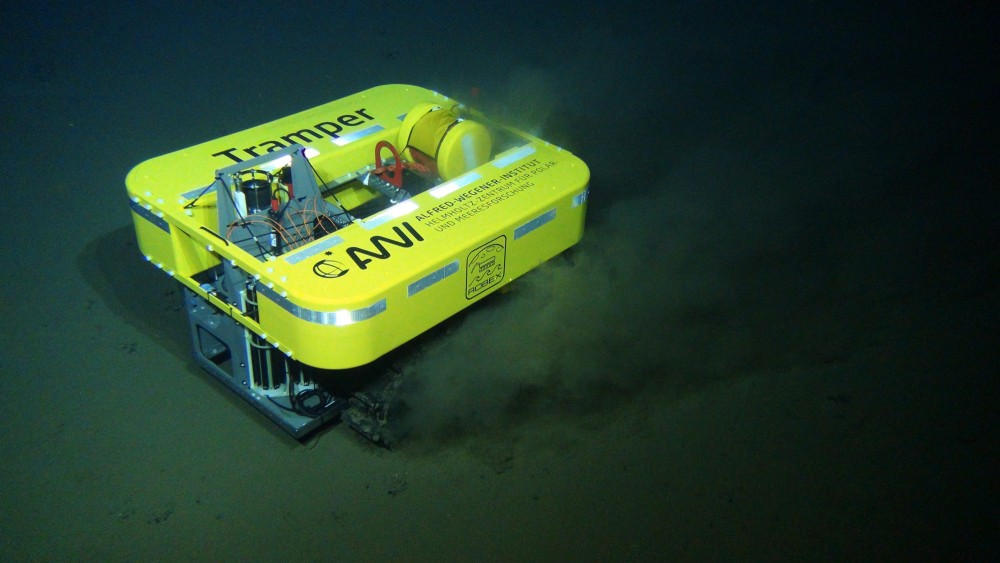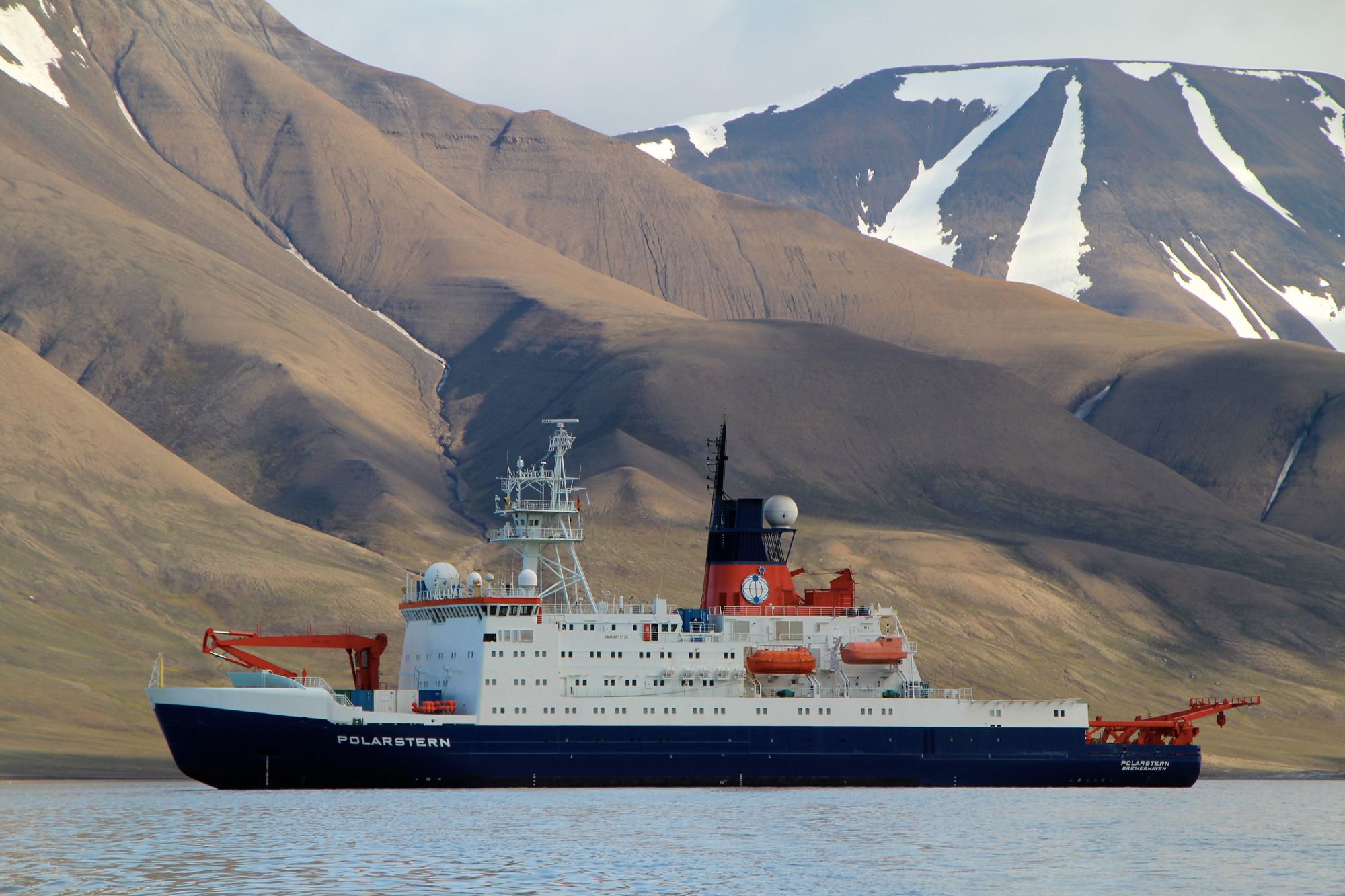
One year alone on the Arctic sea bottom
ADVERTISEMENT
Scientists from the Alfred Wegener Institute, Helmholtz Centre for Polar and Marine Research (AWI) are setting course for Svalbard with research vessel «Polarstern”. On board are AUVs «Tramper» and «Paul», as well as an unmanned aerial vehicle (UAV).
The «Tramper» will spend one year on the sea bed in the area, while the «Paul» will float through the water column, take samples and simultaneously detect a wide range of environmental factors, the german researchers say in a press release.
In addition, the UAV will take on the skies to record the thickness of the snow cover and ice coverage.
The expedition will analyse the climatic changes in the Arctic and their impact on the fauna in the future with higher temporal and spatial resolution, the institute informs.
The «RV Polarstern» on Monday 13th left Bremerhaven, Germany, and is expected to arrive in Longyearbyen in June 23rd. The researchers, almost 50 in the number, will work on board the ship until expedition end 16th July.

ADVERTISEMENT
The Barents Observer Newsletter
After confirming you're a real person, you can write your email below and we include you to the subscription list.




